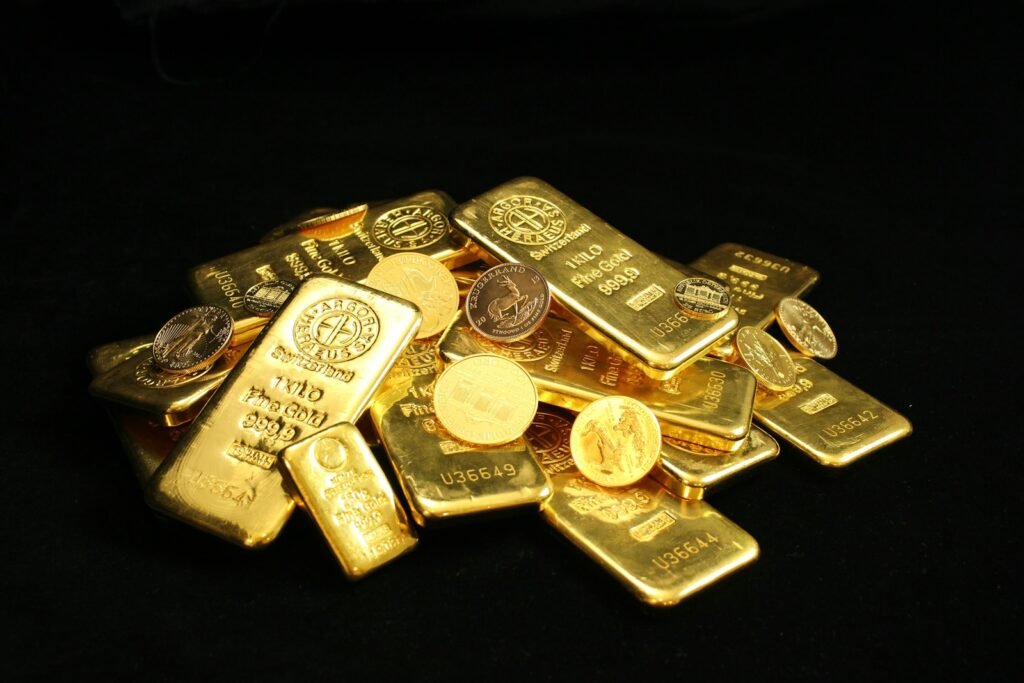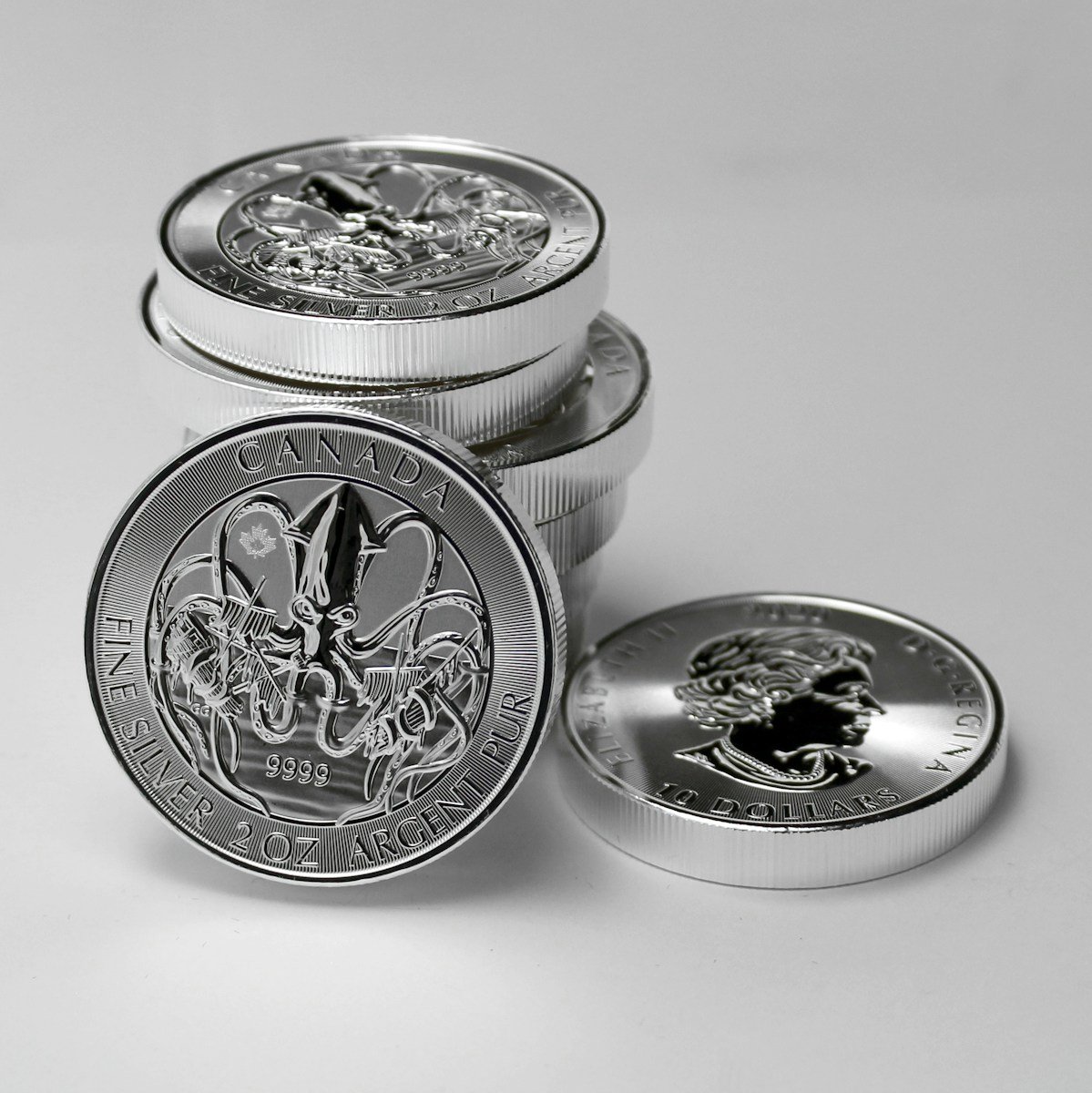Gold has captivated humanity for centuries, its lustrous hue and rarity making it a symbol of wealth, power, and beauty. From ancient civilizations to modern times, this precious metal has played a pivotal role in economies, cultures, and personal adornment. In this comprehensive article, we delve into the fascinating world of gold, exploring its historical significance, remarkable properties, and contemporary applications.
The allure of gold transcends mere monetary value. Its scarcity and durability have made it a coveted commodity throughout human history, inspiring myths, legends, and countless quests for its acquisition. Today, gold remains a crucial component of global finance, serving as a hedge against economic uncertainty and a store of value for investors and nations alike.
Statistics:
- Global gold demand in 2022 reached 4,741 tonnes, according to the World Gold Council.
- The total above-ground stock of gold is estimated to be around 197,576 tonnes.
- The largest gold reserves are held by the United States, Germany, and the International Monetary Fund.
Table of Contents
In-depth Exploration of Each Key Point
The Historical Significance of Gold
Gold has played a pivotal role in human civilization for thousands of years. The earliest known gold artifacts date back to the 4th millennium BC, found in present-day Bulgaria and Romania. Ancient civilizations, such as the Egyptians, Greeks, and Romans, revered gold for its beauty and rarity, using it to adorn temples, create jewelry, and mint coins.
Throughout history, gold has been a symbol of wealth, power, and status. Kings and emperors adorned themselves with gold ornaments and regalia, while wealthy individuals flaunted their riches through gold possessions. The pursuit of gold has led to the rise and fall of empires, exploration of new lands, and the development of trade routes.
The allure of gold has also inspired legends and myths. Stories of the Golden Fleece, the City of El Dorado, and the Philosopher’s Stone have captivated the imaginations of people across cultures, fueling countless expeditions and adventures.
The Unique Properties of Gold
Gold possesses several unique properties that contribute to its enduring value and widespread applications. One of its most notable characteristics is its lustrous yellow color, a result of its distinctive electron configuration. Gold is also incredibly malleable, meaning it can be hammered into incredibly thin sheets without breaking, allowing for intricate metalwork and ornamentation.
Another remarkable property of gold is its resistance to corrosion and oxidation. Unlike many other metals, gold does not tarnish or rust, making it an ideal material for jewelry, decorative objects, and even electronic components. Additionally, gold is an excellent conductor of electricity and heat, further expanding its practical applications.
Table: Properties of Gold
| Property | Description |
|---|---|
| Color | Distinctive yellow hue |
| Malleability | Can be hammered into thin sheets without breaking |
| Corrosion Resistance | Does not tarnish or rust |
| Conductivity | Excellent conductor of electricity and heat |
Gold Mining and Production Processes
The process of obtaining gold from the Earth’s crust is a complex and labor-intensive endeavor. Gold mining operations employ various techniques, including placer mining, hard rock mining, and byproduct mining, depending on the geology and location of the gold deposits.
Placer mining involves extracting gold from stream beds, beaches, and other unconsolidated sediments, where the gold has been eroded and deposited over time. Hard rock mining, on the other hand, involves extracting gold from solid rock formations, often deep underground.
Once the gold-bearing ore is extracted, it undergoes a series of processes to separate the gold from the surrounding rock and impurities. This typically involves crushing, milling, and chemical treatments such as cyanide leaching or smelting. The resulting gold is then refined to a high degree of purity, often reaching 99.9% or higher.
Graph: Global Gold Production by Country (2021)
Gold in Investment and Finance
Gold has long been recognized as a reliable store of value and a hedge against economic uncertainty. During times of economic turmoil, political instability, or high inflation, investors often turn to gold as a safe-haven asset, driving up its demand and price.
Central banks and governments around the world hold significant gold reserves as a means of diversifying their foreign exchange reserves and maintaining financial stability. The International Monetary Fund (IMF) and the World Gold Council play crucial roles in monitoring and regulating the global gold market.
In addition to its role as an investment asset, gold is also used in various financial instruments, such as gold exchange-traded funds (ETFs), futures contracts, and options. These financial products allow investors to gain exposure to gold without physically holding the metal.
The Cultural Significance of Gold
Beyond its economic and industrial applications, gold holds deep cultural significance across various civilizations and belief systems. In many ancient religions and mythologies, gold was revered as a sacred metal, associated with deities, immortality, and divine power.
In ancient Egypt, gold was closely linked to the sun god Ra and was believed to represent eternal life. The pharaohs and nobility adorned themselves with elaborate gold jewelry and artifacts, symbolizing their divine status and connection to the gods.
Similarly, in Hindu mythology, gold is associated with the deity Kubera, the god of wealth and prosperity. Gold ornaments and offerings are an integral part of many Hindu rituals and ceremonies, signifying auspiciousness and good fortune.
In contemporary culture, gold remains a symbol of luxury, prestige, and achievement. Gold medals are awarded to Olympic champions and other exceptional performers, while gold records and certifications are bestowed upon musicians and artists for outstanding sales and popularity.
Industrial Applications of Gold
While gold’s allure often lies in its aesthetic value and symbolic significance, it also plays a crucial role in various industrial applications due to its unique properties. One of the most significant applications of gold is in the electronics industry, where it is used as a highly efficient conductor in computer chips, circuit boards, and other electronic components.
Gold’s exceptional resistance to corrosion and oxidation makes it an ideal material for protecting sensitive electronic components from environmental factors. Its malleability also allows it to be easily deposited as thin films or coatings on various surfaces.
In the medical field, gold is used in various diagnostic and treatment applications. Gold nanoparticles are being explored for targeted drug delivery and cancer therapies, while radioactive gold isotopes are employed in medical imaging and treatment procedures.
Other applications of gold include its use in dentistry, aerospace technology, and catalytic converters in the automotive industry, where its chemical properties and durability make it an invaluable material.
The Environmental Impact of Gold Mining
While the pursuit of gold has driven exploration and economic growth, it has also had significant environmental consequences. Gold mining operations can have a substantial impact on the surrounding ecosystem, including deforestation, water pollution, and habitat destruction.
Large-scale mining projects often require the removal of vast amounts of soil and rock, leading to landscape alterations and potential erosion issues. The use of toxic chemicals, such as cyanide and mercury, in the extraction and processing of gold can contaminate water sources and pose risks to human health and wildlife.
In recent years, there has been a growing focus on sustainable and responsible mining practices to mitigate the environmental impact of gold mining. These efforts include implementing stringent environmental regulations, developing more efficient and cleaner extraction technologies, and promoting recycling and reuse of gold to reduce the demand for new mining operations.

Additional Resources and Further Reading
If you’re interested in learning more about the fascinating world of gold, here are some recommended resources:
- “The Golden Thread: How Fabric Changed History” by Amanda Briede-Hayn
- “Gold: The Once and Future Money” by Nathan Lewis
- “The World Gold Council” website (https://www.gold.org/)
Frequently Asked Questions
Q: What is the difference between bullion and numismatic gold?
A: Bullion gold refers to gold that is valued primarily by its precious metal content, such as coins, bars, or ingots. Numismatic gold, on the other hand, refers to rare or collectible coins and other gold items that are valued for their rarity, historical significance, or artistic merit, in addition to their precious metal content.
Q: How is the purity of gold measured?
A: The purity of gold is typically measured in karats or fineness. Karat is a unit used to express the percentage of pure gold in an alloy, with 24 karats representing pure gold. Fineness is a measure of parts per thousand of pure gold, with 999.9 being the highest level of purity.
Practical Tips and Actionable Advice
Investing in Gold
If you’re considering investing in gold, here are some practical tips:
- Understand the different forms of gold investments: Gold can be purchased in various forms, including physical gold (coins, bars, or jewelry), gold exchange-traded funds (ETFs), gold mining stocks, or gold futures contracts.
- Diversify your portfolio: While gold can be a valuable addition to your investment portfolio, it’s important to diversify your investments across different asset classes to minimize risk.
- Research reputable dealers or brokers: When buying physical gold, ensure you work with reputable dealers or brokers who can provide authentication and guarantee the purity of the gold.
- Consider storage and insurance: If you own physical gold, make arrangements for secure storage and consider insuring your investment against theft or loss.
Responsible Gold Consumption
As consumers, we can play a role in promoting responsible and sustainable gold practices. Here are some actionable tips:
- Choose ethical and eco-friendly gold: Look for jewelers and suppliers who offer gold sourced through responsible mining practices, such as Fairtrade or Fairmined certified gold.
- Support recycling and reuse: Consider purchasing recycled gold or repurposing old gold jewelry to reduce the demand for newly mined gold.
- Educate yourself and others: Learn about the environmental and social impacts of gold mining and share this knowledge with others to raise awareness.
- Support organizations promoting sustainable mining: Consider donating or volunteering for organizations that work towards improving mining practices and protecting the environment.
Conclusion
Gold has captivated humanity for millennia, its allure transcending mere monetary value. From ancient civilizations to modern times, this precious metal has played a pivotal role in shaping cultures, economies, and industries. Its unique properties and scarcity have made it a symbol of wealth, power, and beauty, while its practical applications have revolutionized fields such as electronics, medicine, and technology.
As we continue to explore and understand the fascinating world of gold, it is crucial to strike a balance between its responsible extraction and consumption, while minimizing its environmental impact. By embracing sustainable practices and promoting ethical sourcing, we can ensure that the golden allure continues to shine while preserving the planet for future generations.
Ultimately, gold’s enduring legacy serves as a reminder of humanity’s resilience, ingenuity, and the pursuit of knowledge, inspiring us to unravel its mysteries and harness its potential for the betterment of society.










